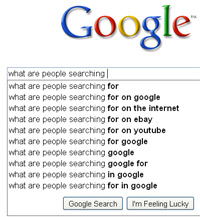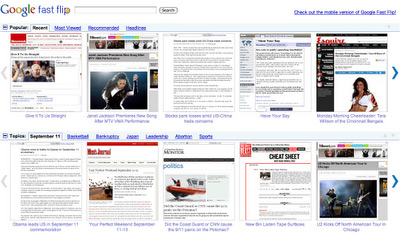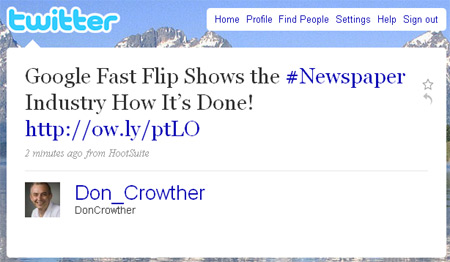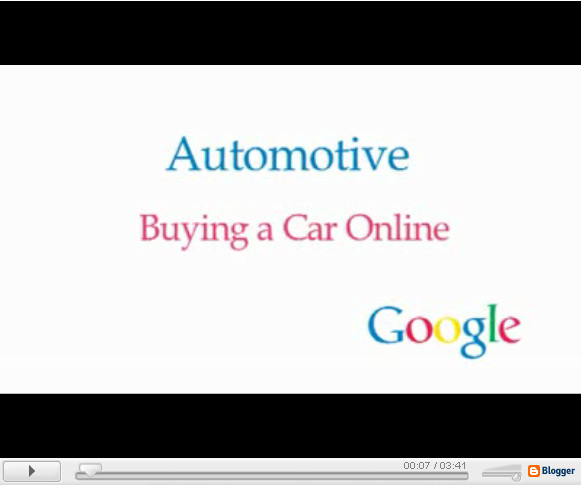Symantec has put together its "State of the Data Center" report, which is the product of a survey of 573 businesses in 26 countries.
"Although mid-sized enterprises tend to evaluate and adopt new technologies at a faster rate than larger organizations, they still face similar data center complexities that are compounded by adopting new  initiatives," says Deepak Mohan, senior vice president, Information Management Group at Symantec. "Standardizing on cross-platform solutions that can manage new technologies and automate processes will drive immediate cost reduction and make their jobs easier in the long run."
initiatives," says Deepak Mohan, senior vice president, Information Management Group at Symantec. "Standardizing on cross-platform solutions that can manage new technologies and automate processes will drive immediate cost reduction and make their jobs easier in the long run."
Symantec cites the following as highlights of the survey:
– Mid-sized enterprises are adopting new technology initiatives such as cloud computing, replication, and deduplication at 11-17 percent higher rates than small or large enterprises.
– Most enterprises have 10 or more data center initiatives rated as somewhat or absolutely important and 50 percent expect "significant" changes to their data centers in 2010.
– Half of all enterprises say applications are growing somewhat/quickly and half are finding it difficult and costly to meet service level agreements (SLAs).
– One-third of all enterprises say staff productivity is hampered by too many applications. Adding to the complexity is the continued increase in data causing 71 percent of organizations to consider data reduction technologies such as deduplication.
– Security, backup and recovery, and continuous data protection are the most important initiatives in 2010, ahead of virtualization. Eighty-three percent of enterprises rated security somewhat or absolutely important. Seventy-nine percent said backup and recovery is somewhat/absolutely important and 76 percent rated continuous data protection as one of their top initiatives.
– Staffing and budgets remain tight with half of all enterprises reporting they are somewhat/extremely understaffed. Finding budget and qualified applicants are the biggest recruiting issues. Seventy-six percent of enterprises have the same or more job requisitions open this year.
– One-third of disaster recovery plans are undocumented or need work and important IT components, such as cloud computing, remote office and virtual servers are often not included. Almost one-third of enterprises haven’t re-evaluated their disaster recovery plan in the last 12 months.
– Virtual machine protection continues to be a focus for enterprises, with 82 percent of enterprises considering virtual-machine technologies in 2010. Respondents cited granular recovery within virtual machine images as the biggest challenge in virtual machine data protection.
The security company recommends that businesses employ software that supports heterogeneous environments and eliminates islands of information, and deploy deduplication closer to the information source to eliminate redundant data and reduce storage and network costs.
Symantec also highlights the importance of disaster recovery planning, saying enterprises should seek to improve the success of testing by evaluating and implementing testing methods that are non-disruptive.
Related Articles:
> Google Preparing For Future With 10 Million Servers
 – Proportion of Google users in the U.S. making over one query per day: 7 out of 10
– Proportion of Google users in the U.S. making over one query per day: 7 out of 10









 Search industry expert Danny Sullivan
Search industry expert Danny Sullivan  Google’s
Google’s 








 "New low-cost, low power IC solutions were introduced at CES 2009," says iBiquity Digital. "Since that technical breakthrough, many new portable products have been committed for launch into the consumer market, several of which are currently available, with additional new models on display at CES 2010."
"New low-cost, low power IC solutions were introduced at CES 2009," says iBiquity Digital. "Since that technical breakthrough, many new portable products have been committed for launch into the consumer market, several of which are currently available, with additional new models on display at CES 2010." 
 "Opera Devices SDKs are built with freedom and flexibility at their core, giving customers the ability to build a full Web browser, a widget or an application platform on any connected device, including TVs, STBs, media players, mobile Internet devices, and many more," said Christen Krogh, Chief Development Officer at Opera Software. "The TV industry’s evolution and innovation has created a demand for toolkits that can handle next generation IPTV and hybrid broadcast/broadband services on any TV screen. Opera Devices SDK for Linux is just the comprehensive client to help customers harness the power of Web technology."
"Opera Devices SDKs are built with freedom and flexibility at their core, giving customers the ability to build a full Web browser, a widget or an application platform on any connected device, including TVs, STBs, media players, mobile Internet devices, and many more," said Christen Krogh, Chief Development Officer at Opera Software. "The TV industry’s evolution and innovation has created a demand for toolkits that can handle next generation IPTV and hybrid broadcast/broadband services on any TV screen. Opera Devices SDK for Linux is just the comprehensive client to help customers harness the power of Web technology."